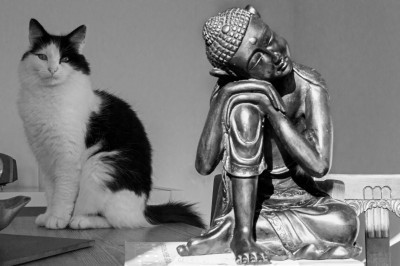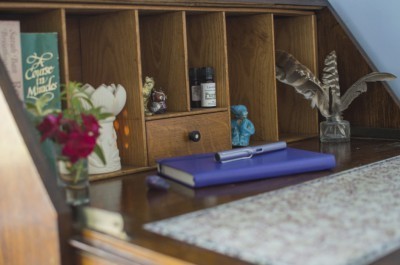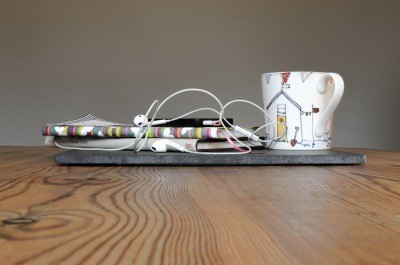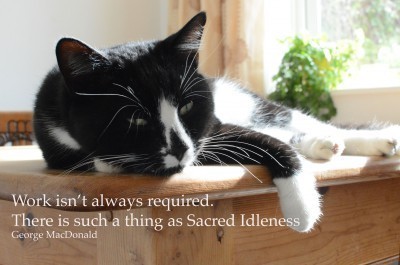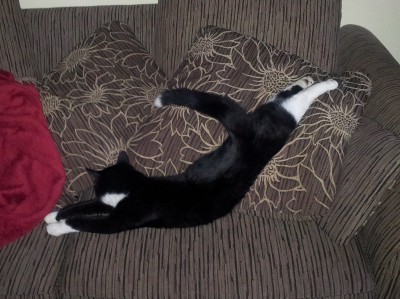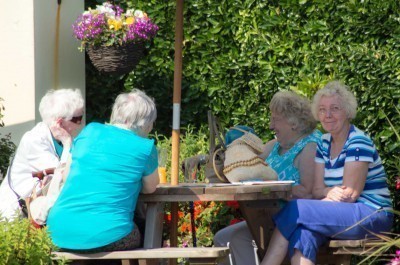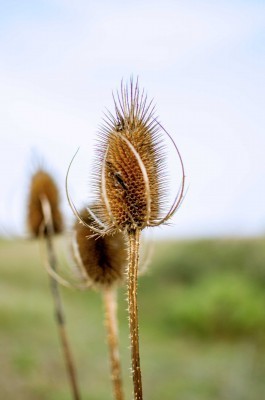Sitting still and quiet is really hard for me to do. So I’ve been looking around for other activities that can have the benefits of meditation but that I can accomplish more easily.
Most people now recognize the benefits of meditation. Studies have shown it can:
- reduce depression
- improve creativity
- increase immune function
- reduce anxiety
- increase compassion
- lower blood pressure
- decrease pain
- reduce stress
- increase our ability to cope with difficult emotions
But I’ve now realized that meditation and mindfulness don’t have to be about separating myself from the world; mindfulness can be the attention I bring to the world. It is stepping back from my worries and desires and focusing on the present moment. And to do this, i don’t have to sit still, close my eyes, or retreat into a silent room.
I have found that I can access calm, peaceful states of being using any of the following alternatives to meditation:
Writing
Writing of any sort helps me to express my thoughts, emotions, and feelings in a healthy way. I have found I can use writing to dig below the surface of my worries, consider my ideas of what is right and wrong in my life, review my judgments about myself and others, and find a more peaceful place to be. Writing also allows me to use the more creative parts of my brain to find fresh ideas and solutions. Writing in a journal, that no one else will see, helps me to soothe the inner critic and allow genuine expression of thoughts and ideas.
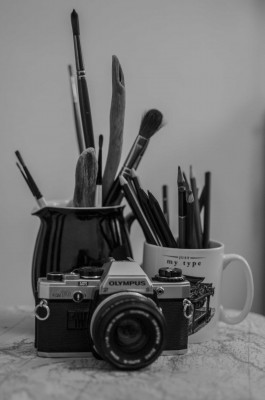
Art
Thoughts tend to happen in the mind largely in the form of words. Creating art involves using different parts of the brain because art uses a different language: the language of symbols. It is not necessary to be a brilliant artist to benefit from creating art. As a complete beginner, I bought myself a children’s art book, a set of colored pens, a pencil, and a sketch book and immersed myself in simple exercises that focused my mind and relaxed my body. I’ve also created an art journal that, like my written journal is not about producing work to share with the world, but is more about the journey of self-discovery. In the future, I’ going to try some other arts and crafts – I’ve always wanted to make things from clay and as I love scented candles, I’ve decided to have a go at making my own.
Listening to music
Music can induce relaxation by interrupting negative thoughts and judgments. Other benefits of listening to music include, reducing stress, easing depression, elevating mood, helping us to focus and improving the quality of our sleep, to name a few. It doesn’t matter what type of music you listen to, as long as it makes you feel good, though there are studies that show classical music might be the best when you are trying to focus on a challenging task. I’ve begun making playlists of mood music for when I am trying to relax, or when I need to focus, or just for when I need some happy music to lift my mood. The benefits of my playlist keep on growing as now just the first few notes of my first happy song lift my mood – the song has become a trigger to positive emotions!
Relaxation
Guided, or progressive relaxation techniques can help ease physical stress in the body as well as calming the mind. There are many online resources for guided relaxations, many of which use a focus, such as a tranquil place in the mind’s eye or concentration on the breath. Progressive relaxation involves relaxing each part of the body in turn, for example starting with the muscles in the feet and working up towards the top of the head. There are great relaxation resources online or you can get a CD or audiobook version. A simple beginning practice is to repeat the following statements each three times feeling the warmth and relaxation in each body part.
right leg feels heavy
left leg feels heavy
right arm feels heavy
left arm feels heavy
arms and legs heavy
arms and legs warm
solar plexus feels warm
forehead feels cool and clear
Yoga
Yoga can help the physical body, making it more flexible and strong and toning muscles. It also helps to relax the mind as it focuses on the postures. It is best to take a class with a qualified instructor at first, to avoid injury, however simple postures can be learned from online sources or videos. Simply standing, or sitting with upright but relaxed posture can be beneficial, strengthening muscles, improving mood, and increasing confidence and self-esteem.
Walking
Walking is great exercise and as such has huge physical benefits. But meditation can be done while walking too. The simple practice of noticing the feet in contact with the earth, noticing the sounds, the sights, and the sensations leads to an increased feeling of well-being and calm. Thoughts can be allowed to come and go, without the need to be drawn into them, avoid them or fight with them.
Communicating
Humans are social beings, designed to live with others in family groups and communities and contact with other people is essential. Talking to others can increase feelings of connection, reduce depression and anxiety and improve mood. The feeling of being understood is vital to well-being, so it is important to spend time with others, particularly those you care about – and especially the ones who really ‘get’ you.
Nature
Spending time in nature, or at least outside, is vital to ensure a daily dose of sunshine, essential for regulating the internal body clock and keeping vitamin D levels up. Studies have also shown that being in nature can be beneficial to overall health and improve our sense of well-being. Dr. Qing Li, president of the Japanese Society of Forest Medicine, has studied the effects of being in forests and discovered that those who spent extended periods of time in forests show reduced levels of anxiety, anger, and depression.
Hobbies
Becoming immersed in an enjoyable activity can reduce stress and increase well-being. It really doesn’t matter what the hobby is, anything from fishing to photography can help. The essential thing is that the hobby should immerse you and be enjoyable. Don’t do it for extrinsic rewards, such as to ‘improve’ or to impress others, but just for pure joy.
Physical Contact
Humans thrive on physical contact. A simple hug can lower blood pressure, reduce stress and elevate mood. This is because hugging encourages the body to release positive feel good hormones, like oxytocin. Aim for at least five hugs or cuddles a day, preferably for at least six-seconds per hug. Holding hands, cuddling babies, stroking pets, in fact, any gentle, loving physical contact have therapeutic value too.
I hope you find that one of these alternatives to meditation work for you. Let us know what helps you stay calm and relaxed in the comments below.
